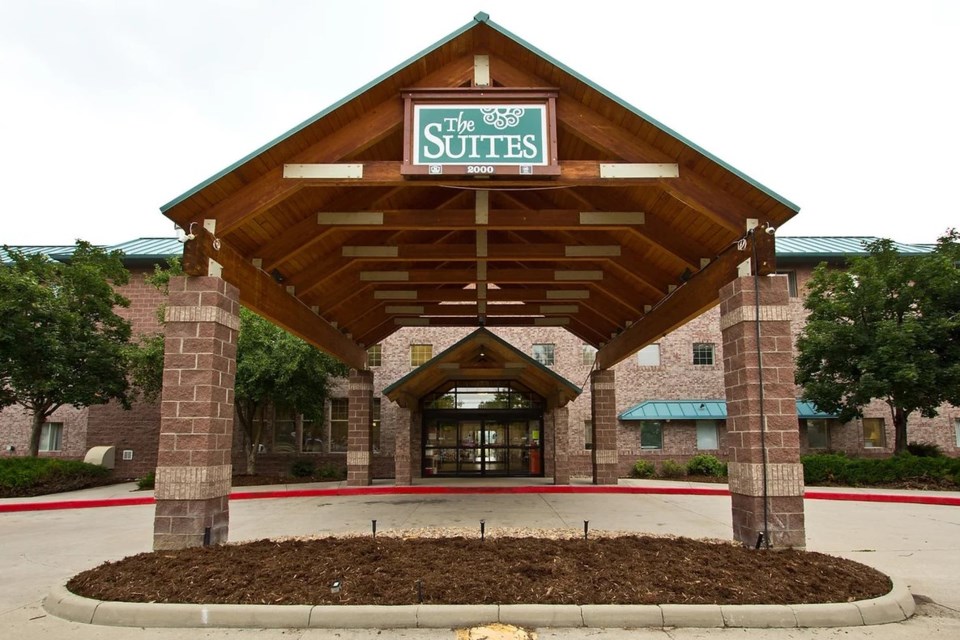Staff at the Suites Supportive Housing wanted to create a reading nook by moving two chairs in the lobby to a corner — and inadvertently made a resident feel comfortable enough to actually hang out in the community room.
The Suites is owned by the Longmont Housing Authority and provides supportive services to tenants to help them meet basic needs and maintain independence. Many of the people living there are coming out of homelessness and dealing with severe post-traumatic stress disorder, so the way that spaces are normally set up can be stressful for residents.
This resident told Lisa Gallinar, regional property manager for the Longmont Housing Authority, that the reading nook provided a place for him to be part of the community without feeling as exposed in the main area.
“That was eye opening for me,” she said.
Now, the Longmont Housing Authority is partnering with researchers at the University of Denver to study trauma-informed design to see how the design, process and resulting architectural elements of supportive housing can impact residents. The study will focus on 30 residents and four staff members at the Suites.
Gallinar said researchers will observe how residents use the space, then survey and interview them with a therapeutic approach to figure out what kinds of elements best work for them.
“A lot of people don’t understand that for those coming out of homelessness or severe PTSD, a lot of them feel more comfortable outside or in their car because they have control of that space,” Gallinar said. “When they move into, say, an apartment or even a studio, a lot of their PTSD comes back, paranoia starts to set in.”
For example, in this new environment, the resident may worry that someone has access to their unit or is sneaking in, so adding a small window in their bedroom so that they can see into their living room might help relieve that anxiety. Others might feel they need an apartment with more than one exit to be comfortable.
The Suites is one of four supportive housing units in Colorado being studied, and one of two that were not built with trauma-informed design, so that researchers can compare the spaces. The Suites was a hotel before being renovated into what it is today.
“It was not built with this design in mind,” Gallinar said. “We will be working with the University of Denver to see what we can do to even help transform some of our spaces, make it more trauma informed, so my staff can be more trauma informed and help — both physically and mentally — these residents transition.”
The study kicks off on Monday and will continue through August of next year. The Longmont Housing Authority will receive a full copy of the report.
The authority is already pulling some of these concepts into their next supportive housing project, Zinnia Permanent Supportive Housing, which is currently under construction. For example, Gallinar said the community room will utilize a more open floor plan so that residents can see the whole floor, but there will still be areas of transition where they can have private spaces and feel secure.
The hope is to make the Suites more trauma-informed as well. After learning the difference that moving a few chairs made, Gallinar’s staff brainstormed some other changes.
One idea was to fit covers that look like clouds over the fluorescent lights — another simple adjustment that made residents feel more comfortable.
“Little things can make a big difference,” she said.



